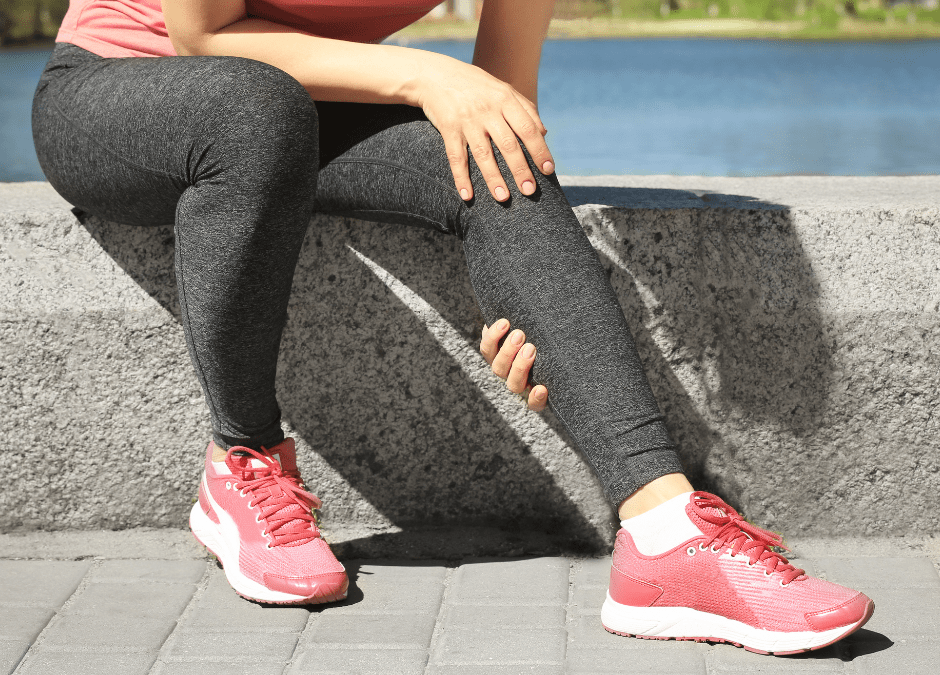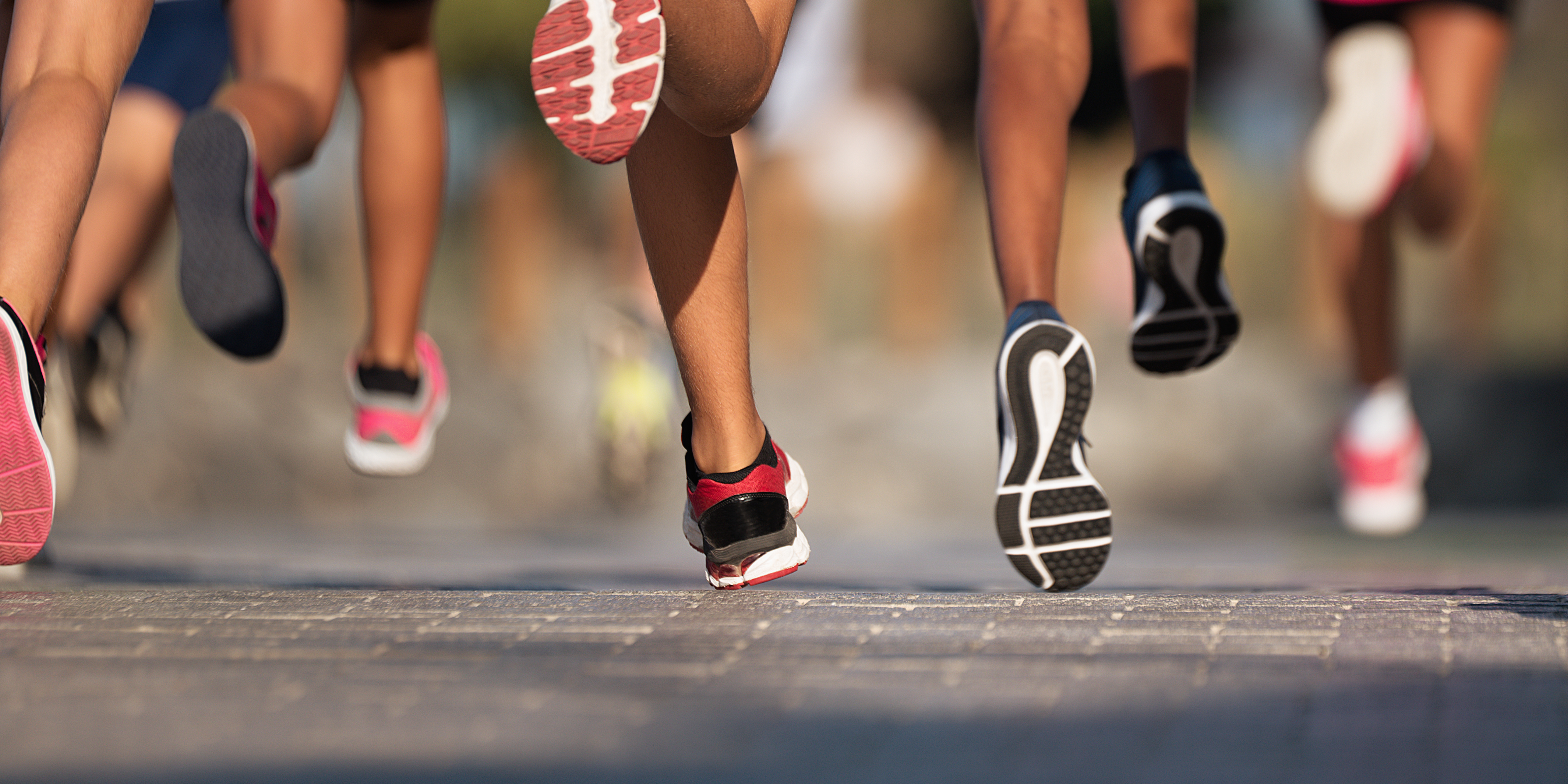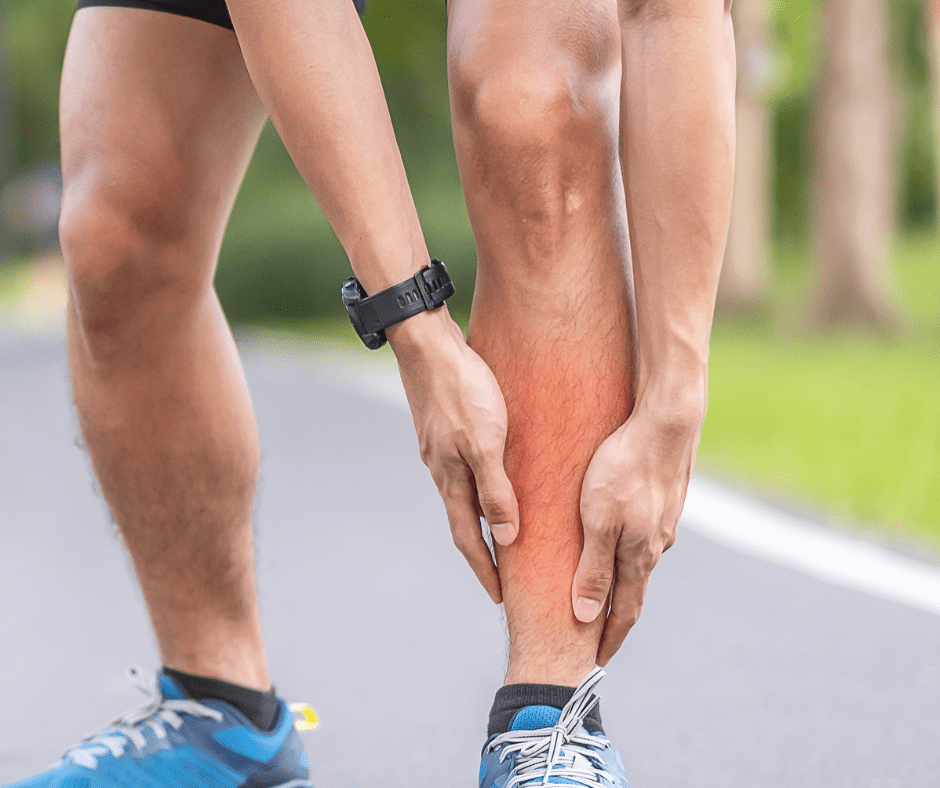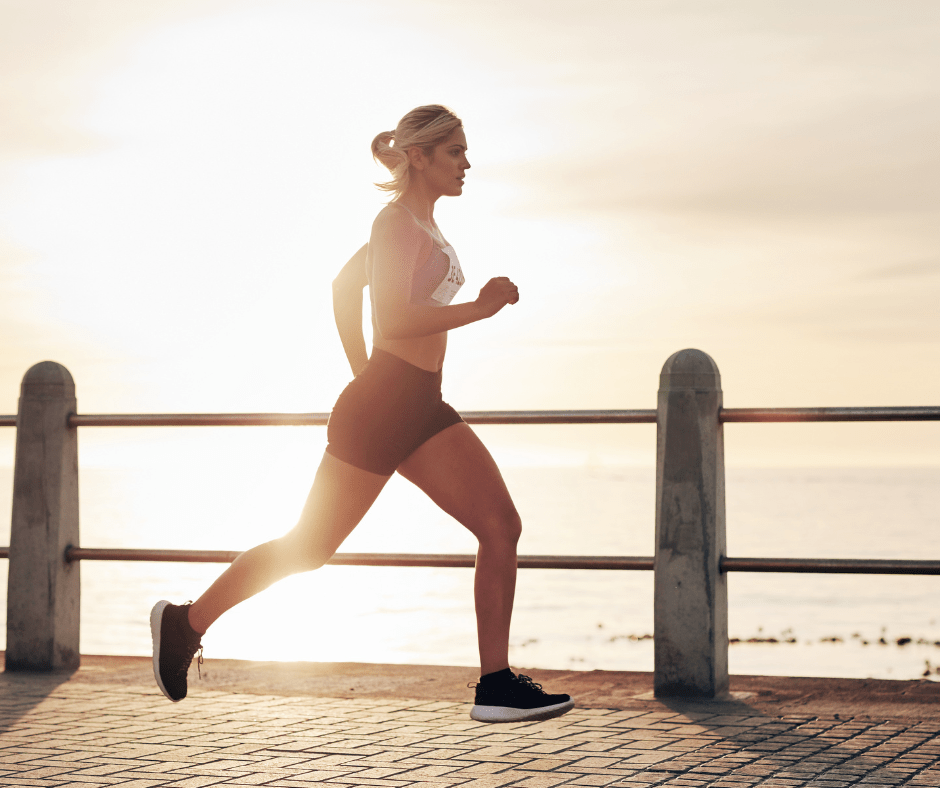How do we grade muscle injuries?
There are numerous systems in use to describe muscle and tendon injury. Many of these systems comment on the anatomy, structure and size of the tissue injury. The most widely understood and used muscle injuries classification system is that of Takebayashi from 1995, classifying muscle injury into grade 1-3 strains. It’s important to note here that strain, pull and tear are all just different word used for the same meaning – an injury to the muscle. Grade 1 injuries typically display little or no abnormality or diffuse bleeding with or without muscle fibre rupture, involving less than 5% of the muscle. Grade 2 muscle strains involve a partial rupture of more than 5% of the muscle involved with or without fascial injury. A grade 3 muscle strain involves a complete muscle rupture with retraction and fascial injury. The main criticism here is that there is huge variability from over 5% to a complete rupture, but this system perhaps indicates there are mild, moderate and severe muscle injuries and this is perhaps how the general pubic might understand muscle injuries best.
The Munich Consensus
The Munich Consensus (Wilhelm, et al 2013) developed a comprehensive classification system based on expert opinion, describing four muscle injury types. Functional muscle disorders – type 1: overexertion-related and type 2: neuromuscular muscle disorders – describe disorders without macroscopic evidence of fibre tear and structural muscle injuries Type 3: partial tears and type 4: (sub) total tears/tendinous avulsions with macroscopic evidence of fibre tear and structural damage.
British Athletics
British Athletics created a muscle injury classification, termed the BAMIC (Pollock et al 2014) for hamstring injuries based on MRI finding using grades 0–4, with Grades 0 being post exercise soreness, grade 1 being a mild strain, grade 2 being more moderate, grade 3 severe and grade 4 being a complete rupture. This classification also including an additional suffix ‘a’, ‘b’ or ‘c’ if the injury was ‘myofascial’, ‘musculo-tendinous’ or ‘intratendinous’ with each grade and suffix have a greater degree of severity and increased length of time to return to play.
The Barcelona group
The Barcelona group also use a classification system based on ultrasound diagnostics which is very well applied to calf muscle injuries. Here the use a grade 1-4 system whereby a grade 1 is a muscle fibre injury, a grade 2 is a myotendinous injury affecting the aponeurosis of the gastrocnemius, subdivided into grade 2a (being less than 50% the width of the aponeurosis or 2b being greater then 50%), grade 3 being and injury to the free gastrocnemius aponeurosis and grade 4 being a combination of grade 2 and 3.
These newer grading systems can be useful for clinicians for better classifying injuries and guided the planning of return to play, but as previously mentioned they are not useful for the general public to use. They also classify different muscle using different modalities which may crate further confusion and when explaining muscle injuries to patient, sticking to mild, moderate or severe (or using grade 1, 2 or 3) and suggesting appropriate timelines for recovery is all that is required.
References
Pollock N, James, S L J, Lee J C, et al. British athletics muscle injury classification: a new grading system. Br J Sports Med 2014; 48: 1347–1351.
Takebayashi S, Takasawa H, Banzai Y, et al. Sonographic findings in muscle strain injury: clinical and MR imaging correlation. J Ultrasound Med 1995; 14: 899–905.
Wilhelm H, Mueller Wohlfahrt H-W, Haensel L, Mithoefer K, et al. Terminology and classification of muscle injuries in sport: The Munich consensus statement. Br J Sports Med, 2013; 47: 342–350.




